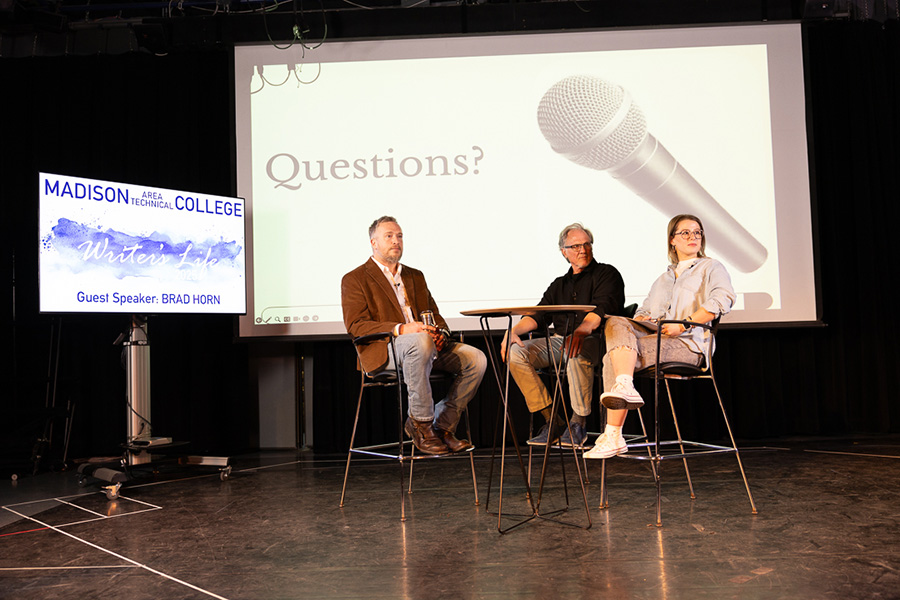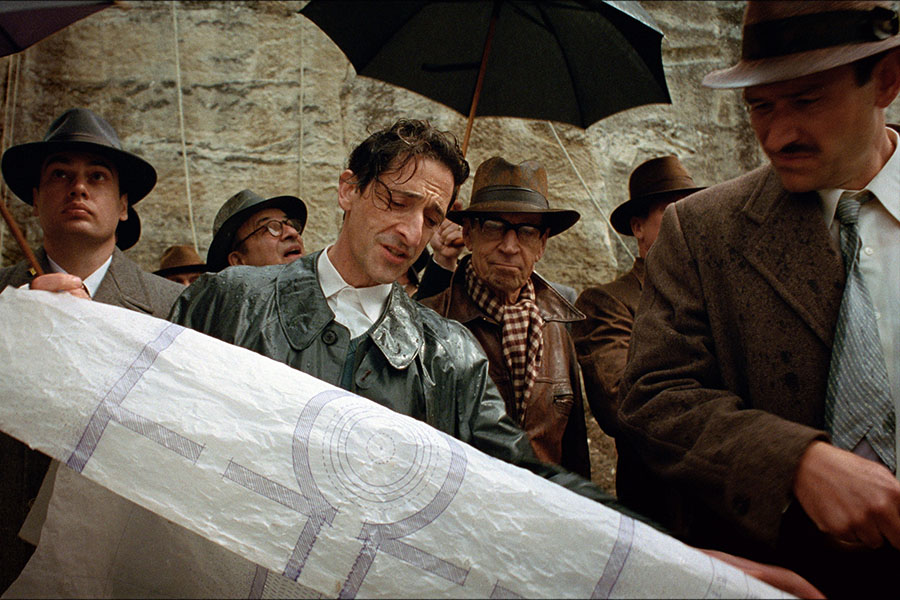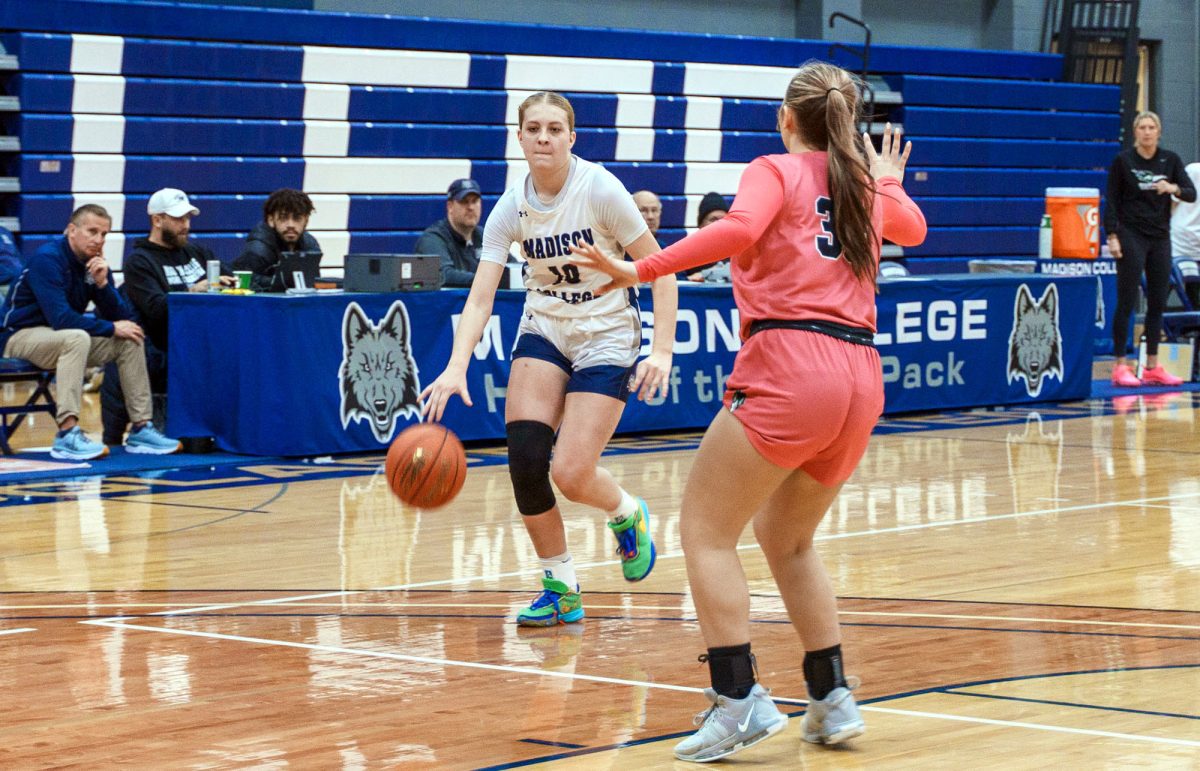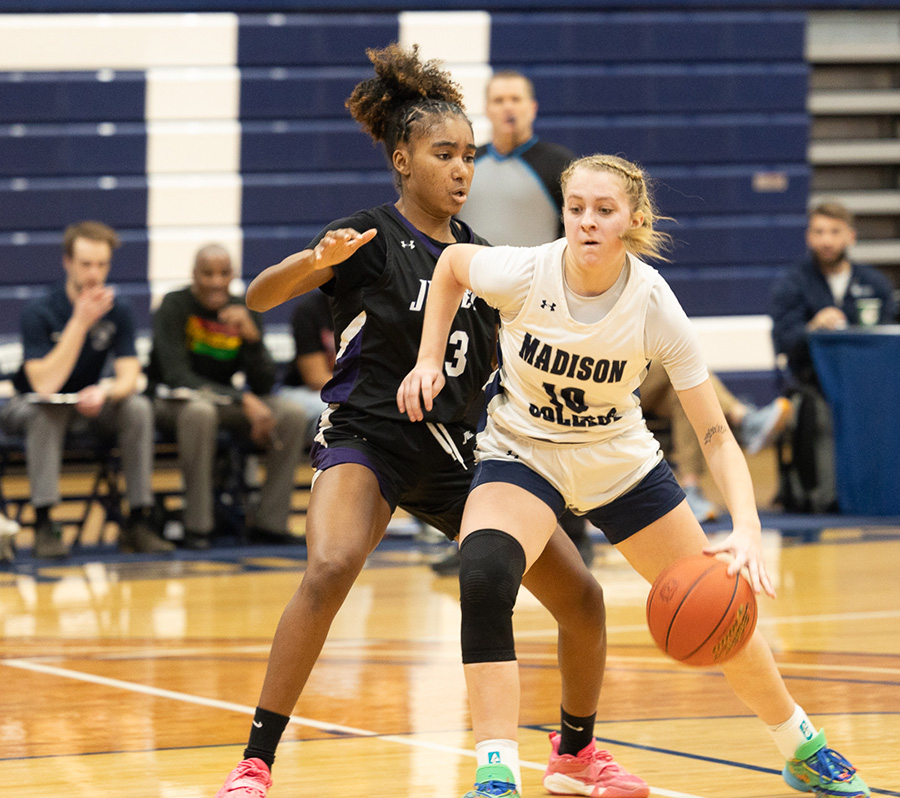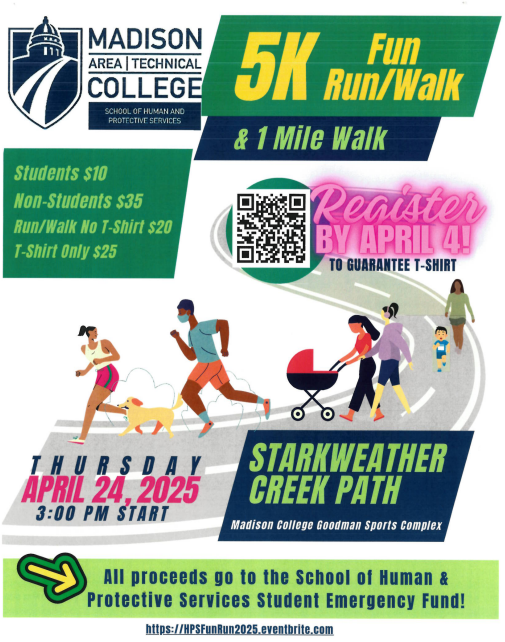Many students wonder what finding a job will be like after graduation. In today’s job market employers are looking for talent and diversity. This is good news for the students in the visual communications program.
The visual communications program incorporates many different types of media with focuses on multimedia presentations, graphic design, web design and video production. The program also touches on animation, 3D design, and photography.
This variety in training provides students with the skills they will need to meet employer’s communication needs. The variety of the training adds appeal to the program. “I was able to learn not just one media skill but several.” said Daniel Carnes, who graduated in spring 2011.
Nicole Richmond, spring 2013 graduate, gained interest in the visual communication program after graduating from the photography program. She said, “The photography program included a video class. I really enjoyed it, but no one else in the class did. I knew then that I really wanted to do video.”
Another factor that draws interest to the program is the tuition cost. The total cost of the program is estimated at $10,161.
The average reported full-time salary in 2011 was $1,990 per month. Of the 10 graduates available for employment only three were employed in related fields.
Despite these numbers, jobs are available.
In 2012, TechConnect had postings for 50 full-time jobs in Wisconsin in a media related field. TechConnect is where Nicole Richmond found her job after graduation, “I started applying the minute my portfolio website was up,” she states.
Carnes had a different experience finding a job in the field. “After I graduated I kept looking for over a year and still no luck.” Carnes has been working at a church setting up for various events since 2005. His luck changed nine months ago when the church began broadcasting services online. He is now the main videographer and editor.
Matthew Burks, a current student of the program, will be graduating in Dec. 2013. After graduation he hopes to become a media consultant. “I want to start out working for a company then build my own team to help businesses, preferably non-profits, improve with using media,” he said.
When Burks was asked what he thinks the job market will be like after graduation he said, “It’s been the same as it has always been. If you have the right skills finding a job will be easier. Networking helps too.”
A 2006 graduate, Jeremy Crosby, started Moonstruck Media with three other visual communications students in 2005. Crosby started in the business by doing freelance work while he worked at Channel 3. During that experience he gained enough contacts to start his own business.
As an employer, Jeremy goes to the students’ portfolio shows looking for new talent. He said “I look for a strong background, work in addition to school, and portfolio quality work.”
Jeremy volunteered at Channel 3 for seven years before getting his degree, and Nicole Richmond had an internship with Strauss Brands. This is common for the media field.
Freelancing is also common. Nicole Richmond was not interested in freelancing after graduation. She said, “If I didn’t have this job I would be doing a bunch of odd jobs and I would have to say yes no matter what.”
The number of graduates employed and income has decreased since the recession. Burks said it is important to always root for growth.



